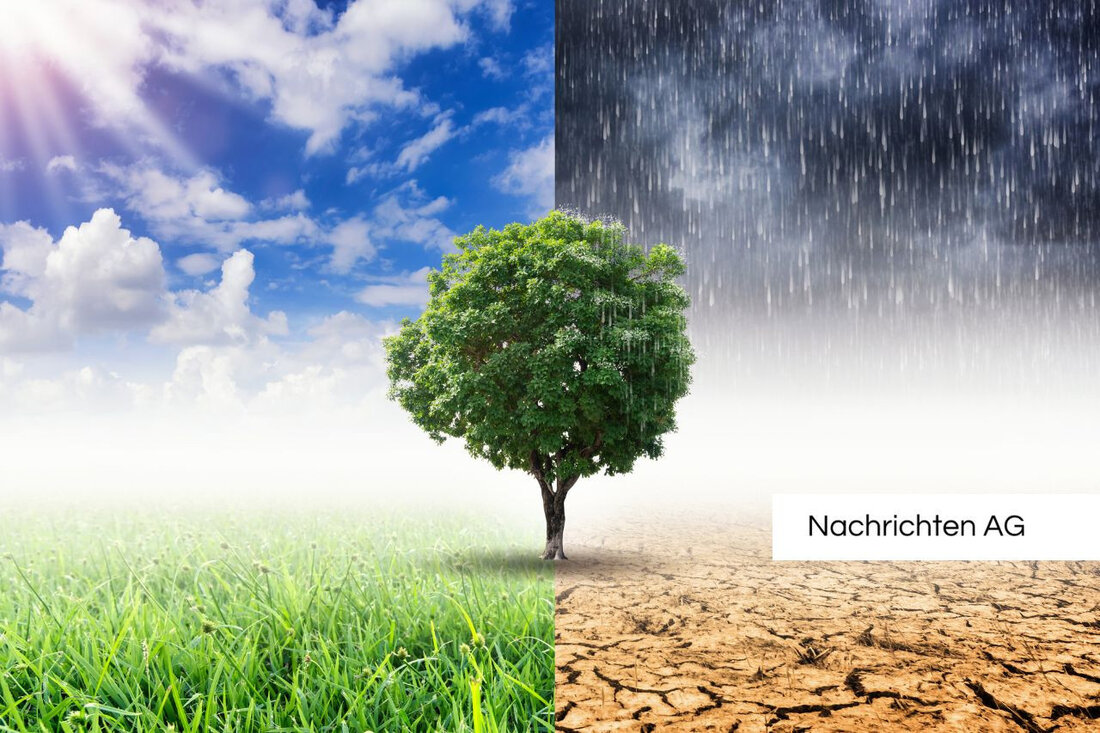Heat islands are reaching cities: This is how we suffer from the summer heat!
Extreme heat and urban heat islands: Challenges and strategies for improving the urban climate in St. Johann.

Heat islands are reaching cities: This is how we suffer from the summer heat!
Extreme heat and heat waves have now become a serious problem in cities and smaller communities. These developments not only have an impact on the climate, but also on the quality of life of residents in urban areas. A current report on meinkreis.at highlights that high traffic and heat-absorbing building materials lead to the formation of urban heat islands, which have a negative impact on the health of the population.
The use of concrete in urban infrastructure could represent an adaptation strategy to the consequences of climate change. Nevertheless, the situation is complex: Loud klima-wissen.de Asphalt and concrete retain heat, resulting in significant temperature differences between urban and rural areas. On hot days these differences can be several degrees Celsius, and at night differences of up to 10°C are not uncommon.
Urban heat islands and their effects
There is a particularly strong urban microclimate in the densely built-up inner city districts, which is characterized by higher temperatures, lower humidity and changed wind conditions. These conditions, among other things, promote the formation of ground-level ozone and worsen air quality, which poses health risks, especially for vulnerable groups. Insufficiently insulated apartments are particularly problematic, as they experience additional stress due to the heat.
The consequences of the heat on the infrastructure are also serious. Road surfaces are deforming and the strain on power grids is increasing as air conditioning and cooling systems are used more intensively. According to the findings klima-wissen.de Health problems such as heat stress and circulatory disorders are also more common. These developments urgently require strategies to improve the urban climate.
Adaptation strategies
In order to meet the challenges of the urban microclimate, various measures are required. This includes the unsealing of areas, tree planting, urban gardening and the greening of roofs and facades. Light-colored building materials can help reflect sunlight better, while bodies of water provide cooling effects through evaporation.
In urban planning, it is crucial to promote climate-oriented construction methods and protect existing green spaces. Examples from other cities such as Hamburg, Berlin and Paris show how innovative concepts and measures can be implemented in practice. But the challenges, such as competition for space and technical hurdles in old buildings, still exist and require sustainable solutions.
However, digitalization also offers opportunities. Mobile sensors, measuring stations and satellite images can be used to collect real-time data on temperature and humidity, which promotes well-founded planning. It is up to those responsible to take the right steps to make cities sustainable and ensure the quality of life in them.

 Suche
Suche
 Mein Konto
Mein Konto